Longest running landholder survey results are in
Wimmera farmers have provided a valuable insight into changes in farming practices, future priorities and key challenges in Australia’s longest running research project of its type.
The Land Management in the Wimmera, Rural Landholder Social Benchmarking Report 2023 has revealed over 90% of farmers feel personally responsible for maintaining the productive capacity of their soils.
Having the ability to pass on a healthier environment for future generations was the most important value, a result consistent with national studies. Eighty-nine per cent of farmers surveyed said they were open to new ideas about farming and land management with 33% considering themselves as ‘early adopters’.
Rising input costs, weed resistance impact of weeds, pest animals and over-abundant native plants topped the property-scale issues of survey respondents. In 2016 the top three issues were concerns about the impacts of drought and changing rainfall patterns, how pest plants and animals affected profitability and the on-farm impacts of poor management on public land of pest plants and animals.
At a regional level, key concerns include absence of important services and infrastructure, water security and public opposition for agricultural practices such as GMs, animal welfare and pesticides. In 2016 the top three concerns were the impact of reduced water flows on healthy rivers, streams and wetlands, reduced opportunities for recreation as lakes dried out and decline in soil health.
This was the fifth landholder survey for Wimmera CMA with project partners Southern Cross University and Charles Sturt University. The 2023 survey results contribute to a national project by the Soil CRC, ‘Surveying On-Farm Practices Across Australia’.
Wimmera CMA chief executive David Brennan said survey results helped the CMA understand key issues facing farmers so they could submit project and funding bids that would have the most impact and relevance for the region. He said it also provided an invaluable insight into property and regional-scale issues that mattered most to farmers.
“This knowledge from the grass roots also helps us strengthen the partnerships we have with the farming sector, which is really important when we are working on environmental projects, particularly on private land,” Mr Brennan said.
Leader of the Soil CRC Social Benchmarking Study for Rural Landholders, Dr Hanabeth Luke presented the final report. Other findings included:
- Cereal cropping followed by sheep, legumes and pulses are the highest percentages of land use by full-time and part-time farmers. On-farm practices over time show a significant increase in the past five years in planting legumes, maintaining at least 70% groundcover, no-till or minimum till and soil tests to understand soil conditions. Practices such as planting trees and shrubs, fencing areas of native bush/grasslands to manage stock access and removing trees show a decline.
- The key sources of information, support and education for farm management practices are newspapers, fields days and websites. The top sources of knowledge are other farmers, their own knowledge based on their own experiences followed by independent agricultural consultants, agronomists or stock agents. Older farmers are more likely to access traditional information sources such as newspapers while younger farmers are more likely to access online and social media sources.
- Farmers use of technology has also changed in the past five years. In the previous survey short courses and podcasts didn’t rate a mention in information sources leading to practice change. In this survey, both are important sources of knowledge on implementing many ‘best practice’ farming methods. Early adopters are likely to be using podcasts as a primary information source, and be less likely to need local evidence of success before trying something new.




